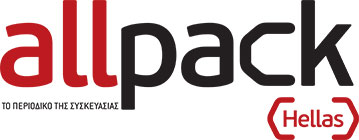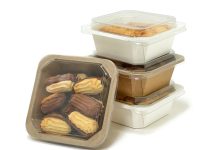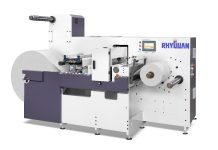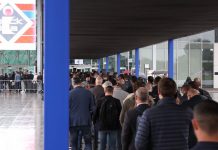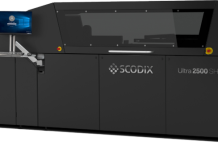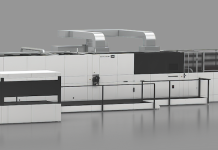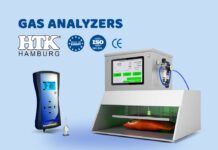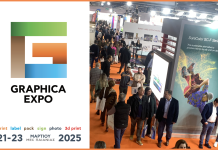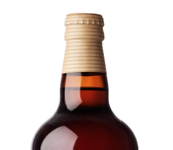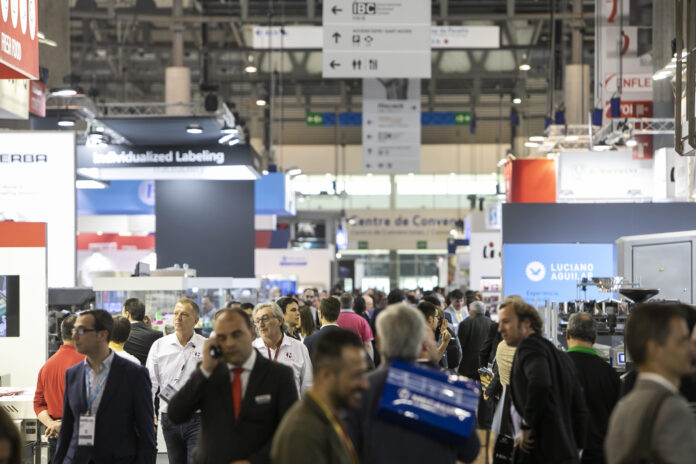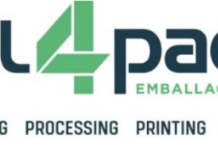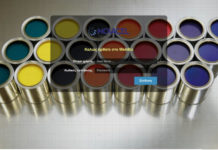The Spanish packaging sector accounts for 2.65% of GDP, according to Hispack report
The Spanish packaging industry shows excellent results despite the pandemic and claims to be an essential sector for the realization of any economic activity, as well as a catalyst for innovation in the service of sustainability, its great challenge for the future. With a turnover of 29,750 million euros in 2020, the packaging represents 4.37% of the turnover of Spanish industry as a whole and accounts for 2.65% of GDP, according to the report presented by Fira de Barcelona’s Hispack trade show, which will be held from 24 to 27 May.
This report was presented this morning in a sectoral event at the headquarters of the Spanish Ministry of Industry, Trade and Tourism in Madrid with the intervention of the Secretary General for Industry and SMEs, Raül Blanco.
Entitled “Packaging, a driving force for innovation in industry”, the Hispack study- prepared by the consultancy firm marketAAD – categorise the economic magnitudes of the sector and point out the main lines of development in which its companies are working. Currently, the packaging industry is facing the challenges of supply and price increases in raw materials and rising production costs. At the same time, it is undergoing an intense transformation, driven by the rise in demand for sustainable packaging in a scenario of changing regulatory frameworks and increased consumer eco-awareness.
Packaging business demographics
In Spain, the packaging sector has 3,180 companies -mostly SMEs-, which employ 113,000 people, i.e. 5.16% of employment in the industrial sector.
By subsector of activity, the largest number of firms corresponds to manufacturers of plastic packaging and packaging materials (737), followed by paper and cardboard (660), packaging machinery (634) and wooden packaging (631) and manufacturers of labelling, coding and marking equipment (317). The list is completed by manufacturers of metal packaging; glass; cork stoppers; and other packaging materials.
In terms of geographical distribution, Catalonia accounts for almost 30% of the companies in the sector. Nearly 40% of the companies are distributed between the Valencian Community (18%), the Community of Madrid (10.31%), Murcia (6.4%) and Andalusia (5.16%).
The highest turnover corresponds to packaging materials companies, especially paper and cardboard (9,043 million euros) and plastic (7,502 million) followed by packaging machinery (3,942 million). The autonomous communities with the highest turnover in the packaging sector are Catalonia, Madrid, Valencia, Aragon and the Basque Country.
The Hispack study also analyses the distribution of the sector’s turnover by company. 72% of them have a turnover of less than 5 million euros, 20% between 5 and 25 million and 8% exceed this last figure. The average profitability of packaging companies stood at around 1.07 million euros EBITDA in 2020.
The plummeting consumption, the contraction in demand and the abrupt slowdown in industrial activity during 2020 due to the pandemic meant a decrease of 3.37% in its turnover with respect to 2019. A lower percentage than that experienced by the Spanish industrial GDP as a whole (-9.84%) and the Spanish GDP itself (-10.8%). These results are largely explained by the indispensable nature of packaging in the country’s production structure and its essential role during the health crisis to ensure the manufacture, distribution and supply of basic products.
Sustainability as a challenge and priority
Innovation in packaging has accelerated due to three major factors: The competitiveness and efficiency of industrial manufacturing processes thanks to digitalisation and automation. The progressive deployment of a legislative framework – at European, national and regional level – that lays the foundations for a new market scenario for brands and industries in which the sustainability of packaging is crucial. And finally, the transformation of the consumer into a conscious actor, who has changed his or her consumption patterns, and who demands transparency and responsibility from the brands and companies with which he or she interacts.
The new Spanish Law on Waste and Contaminated Soil, which came into force on 10 April, and the future Law on Packaging and Packaging Waste, currently in the parliamentary process, will speed up the entry of the entire range of packaging materials and solutions into the paradigm of the circular economy.
Some of the actions being carried out include the eco-design of packaging from its conception to make it easily recyclable; the use of packaging expressly designed for reuse; the commitment to mono-materiality; the reduction of packaging weight without reducing functionality and performance, the reintroduction of post-consumer material of recycled origin, as well as the simplification or elimination of components.
The food sector, due to its relevance and notoriety, is the main driver of innovation in packaging, implementing new solutions and opting for paper and cardboard as an alternative to plastic in the distribution of fresh products.
Likewise, integrated packaging in all phases of the supply chain contributes to improving production, traceability and distribution processes, using automated technologies, predictive systems and the connectivity of industry 4.0, thus gaining in efficiency and competitiveness. Packaging also demonstrates its innovation at the point of sale, being the last link of contact between brands and consumers and key in the experience of use of the products.
Hispack and the power of the sector
The strength of the Spanish packaging industry will be reflected in the next edition of Hispack, the leading trade fair for the sector and one of the first in Europe in its speciality, to be held from 24 to 27 May. With a year’s delay compared to the dates initially planned due to the pandemic, the triennial show returns to Fira de Barcelona’s Gran Via exhibition centre with more than 600 direct exhibitors from 25 countries and 1,100 brands represented.
With the presence of leading manufacturers and distributors, Hispack will fill halls 2 and 3 of the Gran Via exhibition centre with packaging technology, materials and solutions, taking into account their entire life cycle and their connections with other production processes and the supply chain. Sixty per cent of the offer corresponds to equipment and machinery for packaging, bottling, labelling, coding, traceability, processing, automation, robotics and logistics. Meanwhile, the remaining 40% of exhibitors present materials, finishes, POS and specific packaging elements for different industrial and consumer sectors, as well as for distribution, e-commerce and retail.
This year Hispack is being held simultaneously with Graphispag, the graphics and visual communication industry show, which will occupy Hall 1. This alliance will enable brands and printers of packaging, containers, labels and POS to discover the latest developments in graphics technology, personalisation, prototyping, designs, shapes and print finishes.
